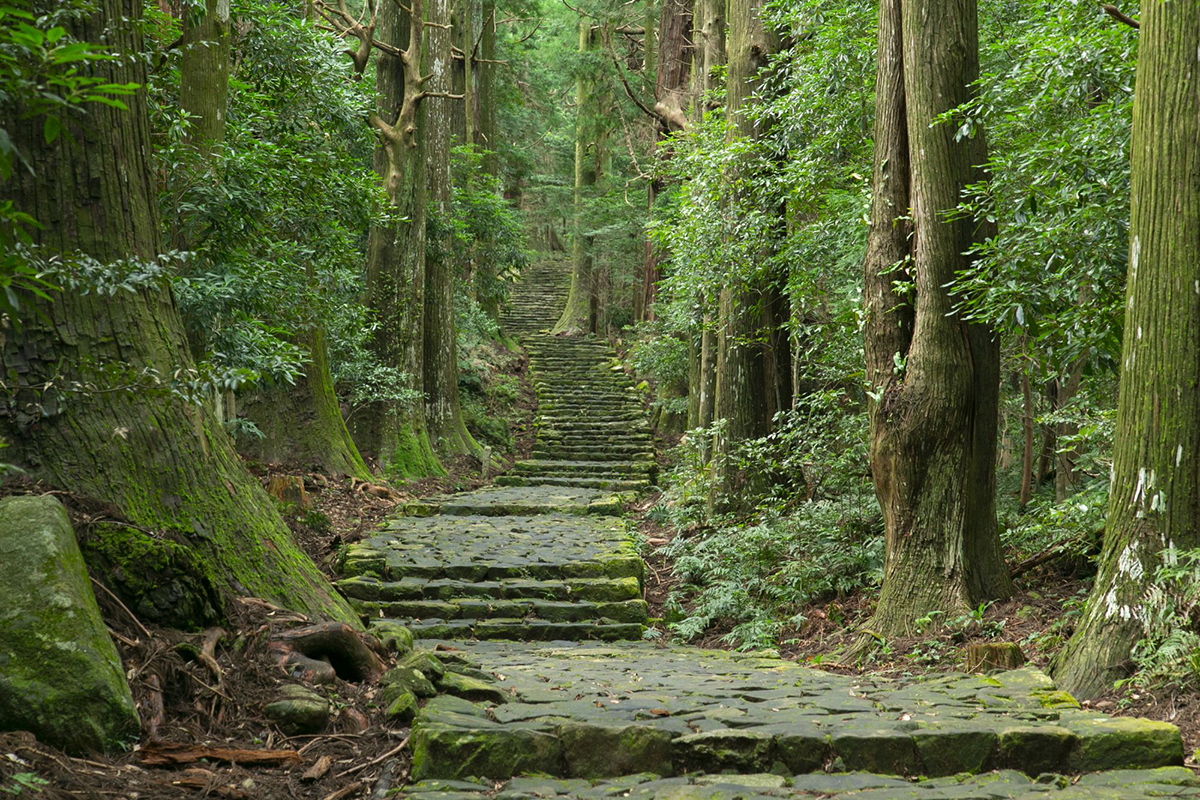The Kumano Kodo Trail, nestled in the verdant heartland of Japan, is not only a pilgrimage route of great historical significance but also a living testament to Japanese culture and traditions. To fully appreciate this extraordinary journey, it’s essential to understand and respect the cultural etiquette of the region. In this article, we delve into the intricacies of Japanese customs and traditions that you should be mindful of when embarking on the Kumano Kodo Trail, ensuring a respectful and enriching experience.
The Kumano Kodo Trail, guided by Auswalk Walking Company, offers a unique opportunity to delve into Japan’s rich cultural heritage while exploring its stunning landscapes. To fully immerse yourself in this extraordinary journey, it’s crucial to understand and respect the customs and traditions of Japan. In this article, we’ll explore the intricacies of Japanese etiquette you should know when embarking on the Kumano Kodo Trail with Auswalk Walking Company, ensuring a harmonious and memorable experience.
Bowing: A Gesture of Respect
Bowing is a fundamental aspect of Japanese etiquette. It’s a way to show respect and acknowledge others. When greeting locals or fellow hikers along the Kumano Kodo Trail, a slight bow is a courteous gesture. The depth of the bow may vary depending on the formality of the situation, but a small bow is generally suitable for most encounters.
Tip: A bow of about 15 degrees is considered polite in casual settings, while a deeper bow is appropriate for formal occasions.
Removing Shoes: A Gesture of Cleanliness
In Japanese culture, removing your shoes before entering someone’s home, temple, or certain accommodations is customary. When staying at traditional Japanese inns (ryokans) along the Kumano Kodo Trail, you will often be expected to remove your shoes at the entrance. Slippers provided by the host should be worn indoors.
Tip: Pay attention to footwear arrangements at entrances and follow the example of your hosts or fellow guests.
Respect for Shrines and Temples
The Kumano Kodo Trail is dotted with sacred shrines and temples. When visiting these religious sites, showing the utmost respect is essential. Bow before entering, wash your hands and mouth at the purification fountain, and avoid loud conversations or disruptive behaviour.
Tip: Dress modestly, with covered shoulders and knees, when visiting religious sites.
Silence in Nature
The Kumano Kodo Trail is renowned for its serene natural beauty. While hiking, it’s customary to maintain a peaceful and contemplative atmosphere. Refrain from loud conversations, and appreciate the sounds of nature.
Tip: If you encounter fellow hikers, offer a friendly nod or a soft greeting to acknowledge their presence without disturbing the tranquillity.
Onsen Etiquette: Enjoying Hot Springs
The Kumano Kodo region is known for its therapeutic hot springs (Onsen). When bathing in an onsen, it’s crucial to observe proper etiquette. Shower thoroughly before entering the communal bath, and ensure that no soap or shampoo contaminates the water. Tattoos are often frowned upon in Onsen due to their historical association with yakuza (Japanese organised crime). While attitudes change, checking the Onsen’s policy regarding tattoos beforehand is advisable.
Tip: Be discreet and respectful while bathing, and follow the posted guidelines at each Onsen.
Exchanging Gifts: A Gesture of Politeness
Offering and Receiving gifts is a common practice in Japanese culture, often used to express gratitude or goodwill. When visiting local communities or receiving hospitality along the Kumano Kodo Trail, bringing a small gift from your home country can be a thoughtful gesture.
Tip: Present the gift with both hands and a slight bow as a sign of respect.
Conclusion
As you embark on the Kumano Kodo Trail with Auswalk Walking Company, understanding and respecting Japanese customs and traditions will ensure a harmonious experience and deepen your connection with the region’s culture. By adhering to these etiquette guidelines, you can enhance your journey, foster meaningful connections with the local community, and fully appreciate the cultural richness accompanying the physical beauty of the Kumano Kodo Trail. This pilgrimage is not merely a hike; it’s an opportunity to immerse yourself in the profound traditions of Japan while exploring its picturesque landscapes.



